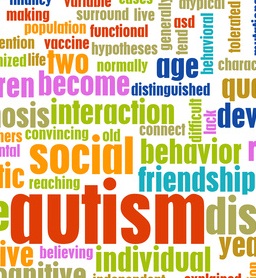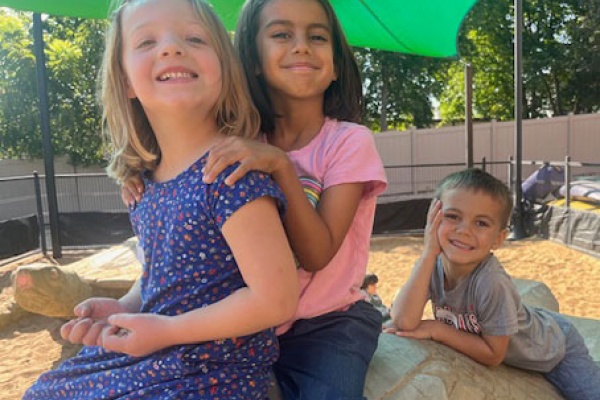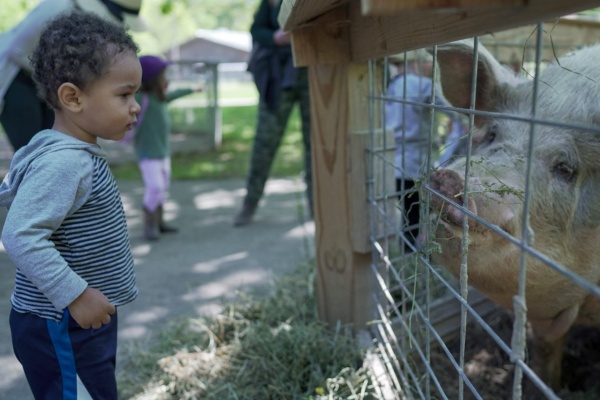
An Increased Focus on Autism Can Help Kids Who Aren't on the Spectrum
 The recent news from the Centers for Disease Control and Prevention about the continuing climb in autism rates — the latest estimate that 1 in 88 children is on the autism disorder spectrum — has brought renewed attention to a sensitive topic.
The recent news from the Centers for Disease Control and Prevention about the continuing climb in autism rates — the latest estimate that 1 in 88 children is on the autism disorder spectrum — has brought renewed attention to a sensitive topic.
As the prevalence of the diagnosis increases, the stigma declines and available services increase, which is good news for children who need help. Many more children are being screened by age 2.
The flip side of the coin is that awareness is so high that many parents, educators and health professionals suspect an autism spectrum disorder when in fact there may be other causes for the child’s symptoms.
On NPR’s The Diane Rehm Show on April 11, one of the guests was Lauren Kenworthy, director of the Center for Autism Spectrum Disorders at the Children's National Medical Center in Washington, D.C. She said that “whereas 15 years ago, everybody who made it to us was sort of a more classic clear case of autism, now, about half the kids who come through our clinic, we don't diagnose with autism.”
There is so much unknown about autism – starting with the causes, which appear to have both genetic and environmental components – and there is uncertainty whether this new estimate is the result of better diagnosis or an actual increase in the rates. But a few things scientists can say with certainty are that early diagnosis is important, and that the better parents understand the way their child develops, the more likely they are to recognize delays that could be related to autism spectrum disorders.
The CDC offers online resources to parents to help identify milestones in the way children play, learn, speak and act from birth to age 5. Just because a child is not meeting a milestone does not mean he has autism. Developmental disabilities are very common, affecting 1 in 6 children ages 3 to 17. As with autism, early identification means early treatment, which benefits the child (and can be a great relief to the parents).
There are also cases where a child’s behavior issues are simply the result of temperament.
This was the issue for my son, whose preschool teacher recommended an autism screening for him at age 3. It turns out that sending him to two different preschools on alternating days was wreaking havoc with his personality-driven need for predictable routines. The teacher he liked least bore the brunt of his frustration – but her completely understandable vigilance for signs of autism spectrum disorders meant that she read his anti-social behavior as a potential symptom rather than an unflattering but honest personality clash.
Two great resources for learning more about your child’s temperament – and how your parenting behaviors can support his style – can be found online.
1. When you sign up to complete the survey from The Preventive Ounce, your answers will be compared to samples the researchers have gathered over the past 20 years, and the resulting suggestions will be tailored to your child’s temperament. I found that this tool was spot-on in my son’s case.
2. The Infant Toddler Temperament Tool (IT3) was developed for the Center for Early Childhood Mental Health Consultation, and it’s primarily geared toward caregivers. The interesting twist of this tool is that it also questions the adult taking the survey about the nine traits, and this can help identify the “goodness of fit” between you and your child.
While the continued increases in autism rates are worrisome, I’m optimistic that all this attention is having a positive impact on many, many children as parents start to really understand their development and their personalities.
By Amy De La Hunt, Health Blogger for SmartParenting

Amy De La Hunt is a journalist and editor who lives in the St. Louis metro area and works across the country as a writer, copy editor, project manager and editorial consultant on everything from fiction books to monthly magazines to blog posts. When she's not chauffeuring her teenage sons to activities, Amy is an enthusiastic amateur cook, landscaper, Latin dancer and traveler. Follow Amy on Instagram @amy_in_words





















